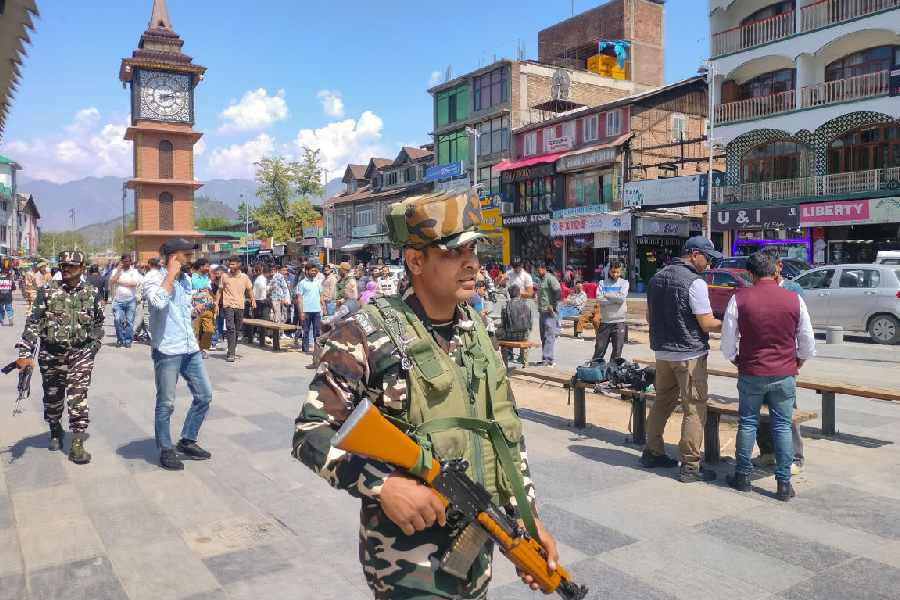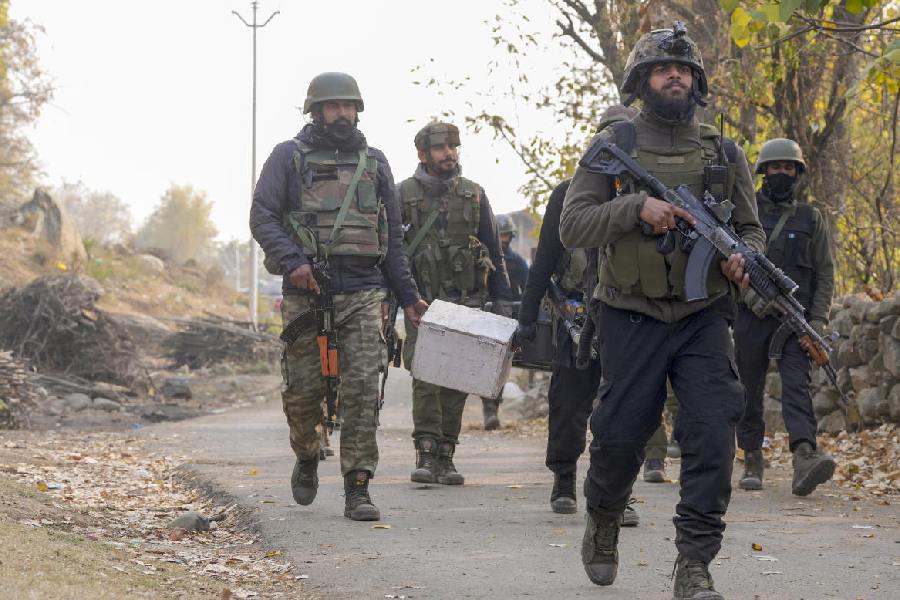Mohali: For those pundits who crib about the degenerating standards of Test cricket, Monday in Mohali will be etched in history as the day the five-day game that was ‘elevated’ to one-day status.
Yes, the word elevated has been used correctly. The manner in which India pulled off a six-wicket victory over Australia, in the third Test kept everybody present at the ground at the edge of their seats. Pity that there were only about 1000 such souls to witness the match live. Actually, it is the quality of spectatorship that has fallen, not so much the game itself.
The win found its way into the record books on quite a few grounds… India won three Tests in a series for the first time since Mohammed Azharuddin’s men had achieved the feat against Sri Lanka, way back in 1993-94. For Australia, it was the first time since 1988-89 when they lost the first three matches in a series. Then it was Allan Border’s developing side against the West Indies, now it’s Pup’s ‘puppies’, who are yet to be transformed into the fierce beasts that Australian cricket has always churned out.
But more than the win, it was the manner in which it came that was significant. Given a meagre target of 133 in a minimum of 27 overs, the Indians stretched the match well into sunset, needing 33.3 overs to go 3-0 up in the series.
At one stage, the equation stood at 22 runs required off five overs. India had seven wickets in hand and there was practically no chance of an Australian victory. For a change, like in limited overs cricket, the required run rate became the most sought-after piece of stats.
Sachin Tendulkar (21) along with Mahendra Singh Dhoni (18 not out), were utilising every bit of their experience to take India home. But when Sachin fell, with India still needing 17 for victory, one feared whether the chase would choke.
But thanks to some powerful boundary-hitting by Ravindra Jadeja and Dhoni, India won the match with 2.3 overs to spare.
Earlier in the day, for Australia, it was all about survival.
Michael Clarke’s availability was as crucial to the Australian cause as the spinners are to India. It was obvious that the Australia captain, battling a back injury, would be required out in the middle at some point.
That opportunity came after just seven overs into the day when nightwatchman Nathan Lyon fell to Pragyan Ojha’s guile. Out walked Clarke. Though he didn’t really look his normal energetic self, he was doing pretty well for himself, striking two boundaries in the first six balls he faced.
On the other side of the crease, Phil Hughes was involved in a battle of his own. Up against spin, which has been his nemesis on this tour, Hughes was trying hard to fight off the demons.
So, one injured and the other confused — not really an ideal pair at the crease! May be, but in them, Australia had the best chance to save the match, because they were the last recognised pair of specialist batsmen.
But then, it seems that the heavens conspire against Clarke every time he faces Jadeja. Clarke once again fell to Jadeja when a thin inside edge carried to Pujara at forward short-leg.
However, the delivery which brought about Clarke’s end, could well have been classified as a no ball on any other day.
Then when umpire Aleem Dar gave a horrible decision to declare Hughes out, one understood that the Aussies were, probably, not destined to save the match. Otherwise an umpire of Dar’s stature would never raise finger to an Ashwin delivery which looked headed for the imaginary fifth stump.
But the last wicket pair of Mitchell Starc and Xavier Doherty managed to delay the inevitable. Under enemy shelling, they survived an impressive 18.1 overs and added a good 44 runs to the total.
A great match… Not just a Test.










